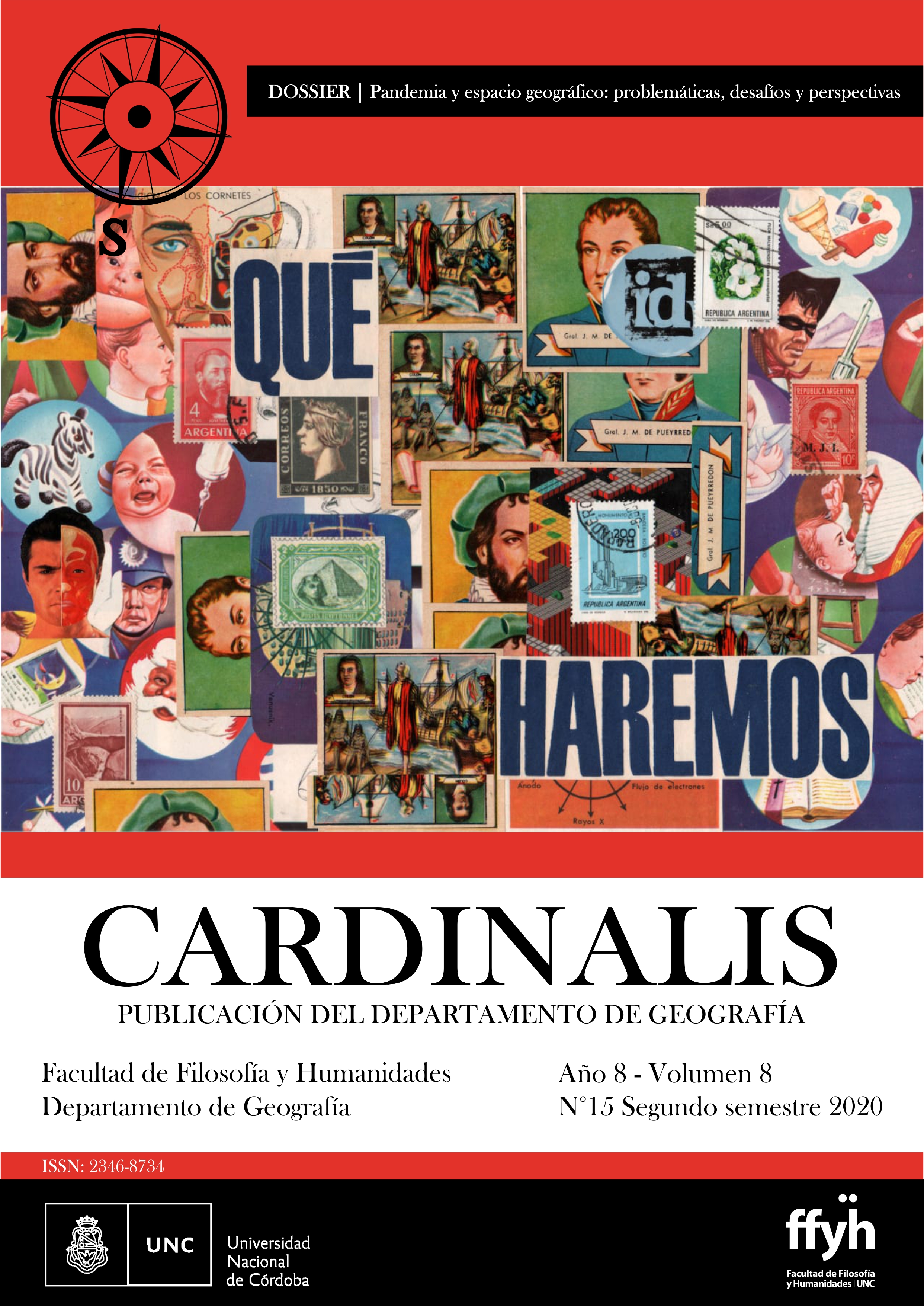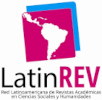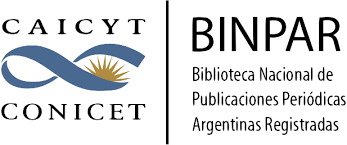The impact of the preventive, social and mandatory isolation (psmi) on air quality in a sector of the upper valle de Río Negro and Neuquén
Abstract
This article analyzes the air quality in a sector of the Upper Valley of Rio Negro and Neuquén during some weeks corresponding to the Social, Preventive and Obligatory Isolation (ASPO) established in Argentina from the Decree of Necessity and Urgency product of the pandemic by the COVID-19. Mention is made of environmental effects at different territorial scales and after an approach to the dynamics of the Upper Valley, constituted by a large concentration of population and an important vehicular circulation, the central purpose of the work is emphasized.
For the study, maps were prepared showing the behavior of nitrogen dioxide (NO2) on previous dates and during quarantine, which show a decrease in air pollution. Likewise, data referring to vehicular traffic and the sale of fuels are presented, in the context of the national and provincial measures adopted.
The preliminary results obtained show the relationship between the improvement in air quality and the reduction in vehicular circulation, which constitutes one of the causes of air pollution. Likewise, they show that the PSMI left evidence that air quality is an issue to be considered on the public agenda and that its conditions are related to social actions.
The work is carried out on the basis of primary and secondary sources. The first correspond to data from the Sentinel 5p sensor of the European Space Agency (ESA); of the Road Observatory of the municipality of the city of Neuquén; Neuquén Police Traffic Directorate, and the Chamber of Fuel Vendors of the provinces of Neuquén and Rio Negro. Regarding secondary sources, we worked with specific bibliography, data from the National Population, Household and Housing Census, 2010 (NPHHC) and with information published in regional and national newspapers.
Downloads
Downloads
Published
How to Cite
Issue
Section
License

This work is licensed under a Creative Commons Attribution-NonCommercial-ShareAlike 4.0 International License.
Aquellos autores/as que tengan publicaciones con esta revista, aceptan los términos siguientes:- Los autores/as conservarán sus derechos de autor y garantizarán a la revista el derecho de primera publicación de su obra, el cuál estará simultáneamente sujeto a la Licencia de reconocimiento de Creative Commons (indicada abajo) que permite a terceros compartir la obra siempre que se indique su autor y su primera publicación esta revista.
- Los autores/as podrán adoptar otros acuerdos de licencia no exclusiva de distribución de la versión de la obra publicada (p. ej.: depositarla en un archivo telemático institucional o publicarla en un volumen monográfico) siempre que se indique la publicación inicial en esta revista.
- Se permite y recomienda a los autores/as difundir su obra a través de Internet (p. ej.: en archivos telemáticos institucionales o en su página web) antes y durante el proceso de envío, lo cual puede producir intercambios interesantes y aumentar las citas de la obra publicada. (Véase El efecto del acceso abierto).

Esta obra está bajo una Licencia Creative Commons Atribución-NoComercial-CompartirIgual 4.0 Internacional.






